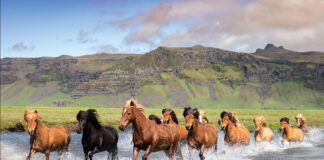I grew up riding horses. I was obsessed. I had a collection of Breyer models, copies of Horse Illustrated magazine, and a pretend stable in my suburban backyard. Once a week, my parents drove me to the nearest barn for lessons after school. I dedicated weekends to horse shows.
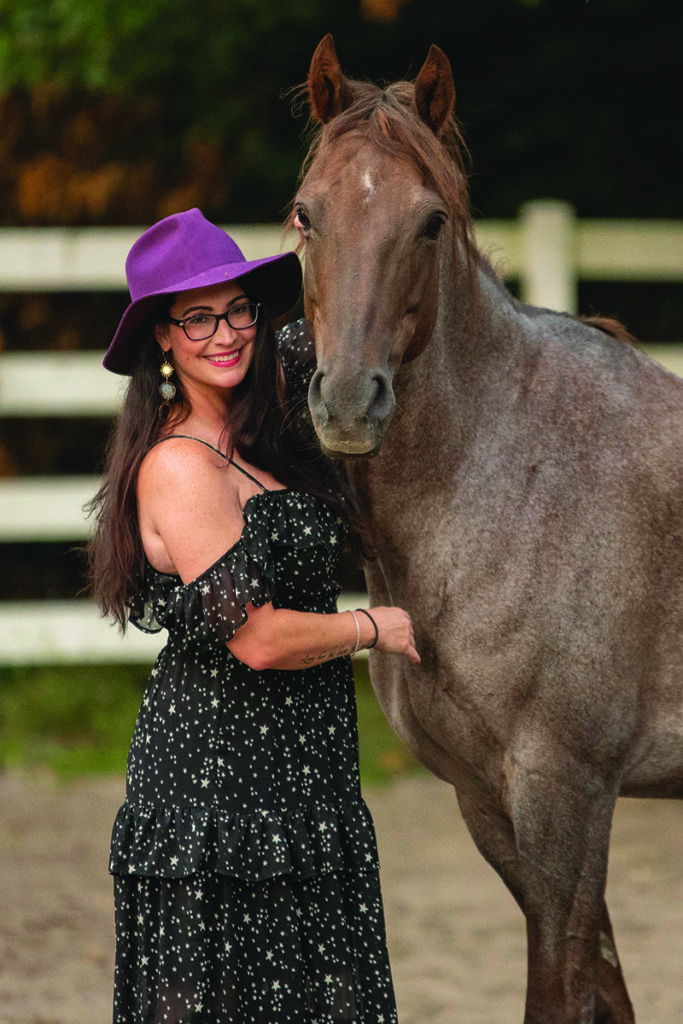
Circling Back as an Adult Equestrian
The next four years went by quickly and without regret. I then moved to New York City to work in publishing, and volunteered my time at the Central Park Zoo to experience nature. But when I moved back to New Jersey shortly after getting married, I dreamed of riding horses again.
Almost 15 years after I left horses behind, I returned as an adult equestrian, and began to take lessons again. Quickly, my barn time became the one thing I looked forward to every week, giving me sanity and solitude.
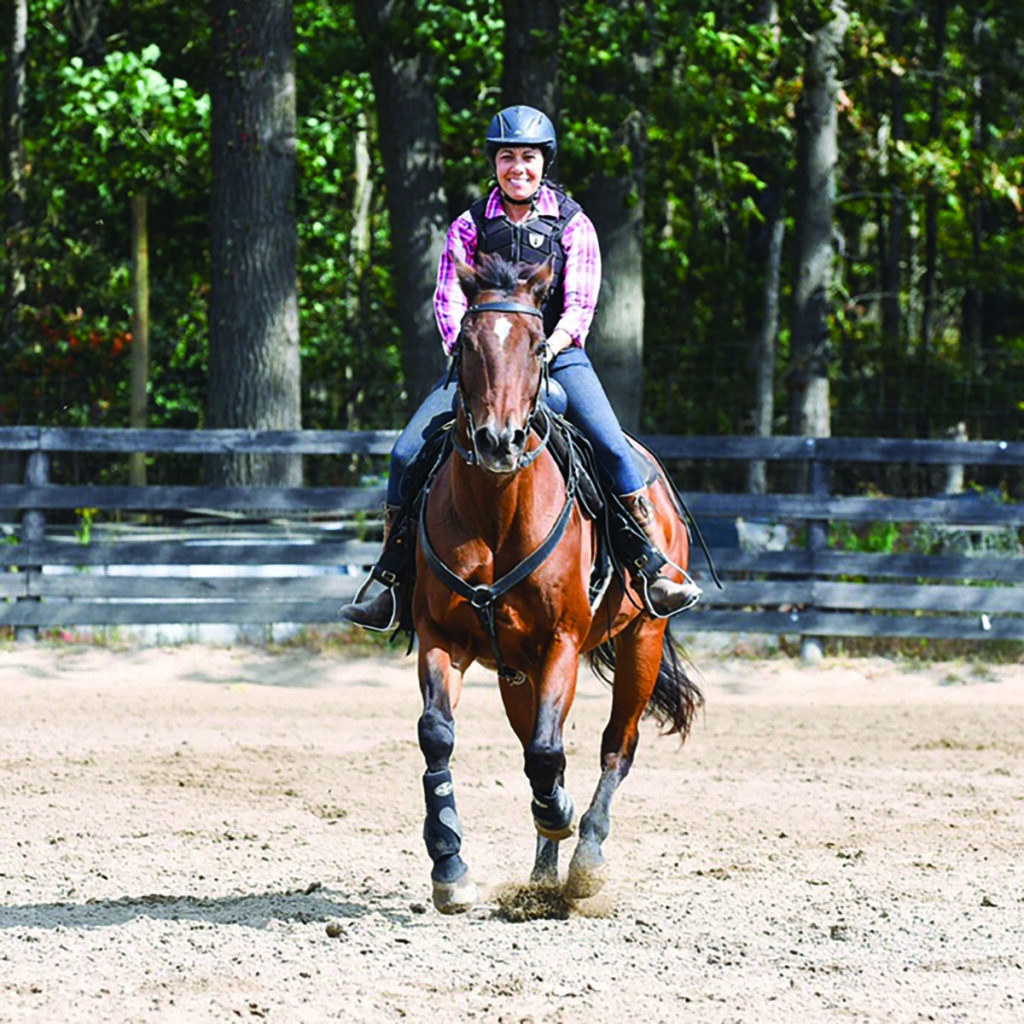
My lessons quickly escalated into becoming a working student, half-leasing, and soon after, owning my first horse. It was official: I became a returning adult equestrian, or “re-rider.”
More and more adults, especially women, are finding their way back into the saddle after years away. Stepping aside and coming back after a long time off proves how passionate we are about horses. It also gives us a fresh perspective.
Competing Demands
“I stopped riding when I started college,” says Linda Snyder, a western re-rider. “I lived in New York City. It wasn’t easy to find riding facilities, and I had very little time available. I trail rode on vacation. I came back to riding in my 50s after my two kids were independent, and I had some time and money to ride. Now living in New Jersey, there are more stables around to ride at and take lessons. I finally realized my dream and bought my first horse two-and-a-half years ago. My goals with Cooper are to develop a partnership and gain trust in each other.”
Many returning adult equestrians share a similar trajectory with Snyder. Career and family demands compete for time and money with our horse habit, and often win—at least for a good chunk of time.
Mindset as an Adult Equestrian
The thing I noted most about my mindset when returning to horses was how timid I felt. As a young child and a teen, I always felt invincible, and when I fell, I bounced. Now, the fall is more of a splat. I have children and a husband that count on me to come home safely, and as a result, I am hesitant and less of a risk-taker.
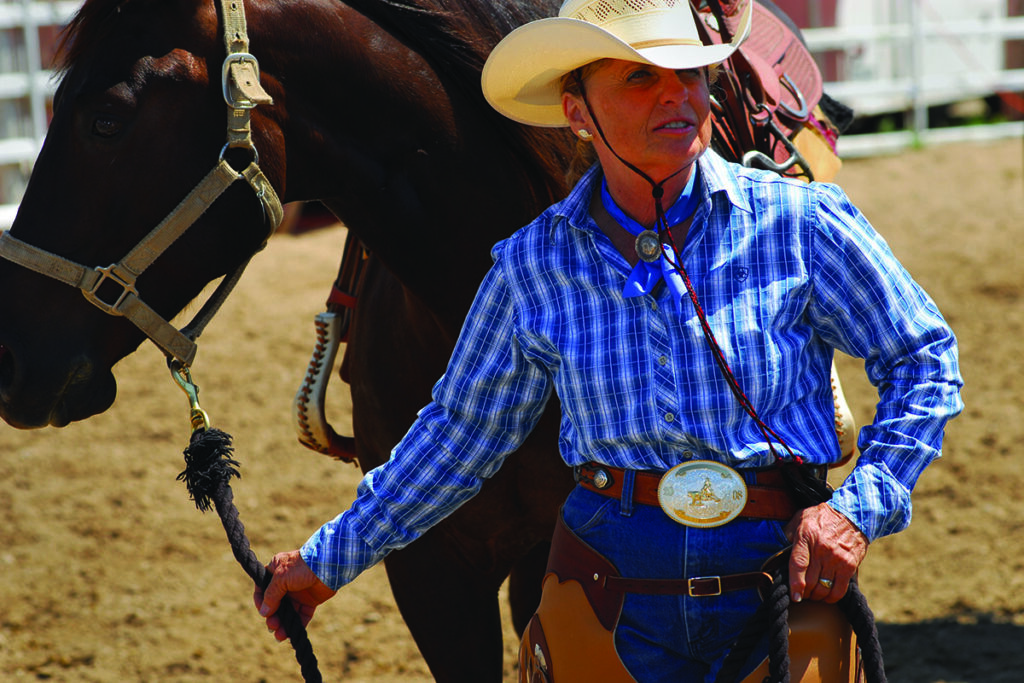
My pony had a month-long vacation from riding this winter because of the snow and ice. It was unsafe to ride in our uncovered arena. Instead, we did groundwork and played in the snow at liberty.
When the weather cleared, I walked him in-hand, then longed him to assess his temperament before mounting up, and eased him into a workout to avoid any drama. Was I too careful? Perhaps. Yet over the years, I’ve learned to care less what other people think and do what is best for me.
Get Outside the Box
It’s easy to get stuck in a rut. Sometimes when you work with horses as a career, the riding aspect fades. “I started riding at age 9 and lived on a horse until graduating high school, then it was on to college, moving to the big city, and starting a career,” says L.A. Sokolowski, an award-winning equine journalist. “When I was working full-time for the U.S. Equestrian Team and running press rooms for international horse shows, there was little time to ride.”
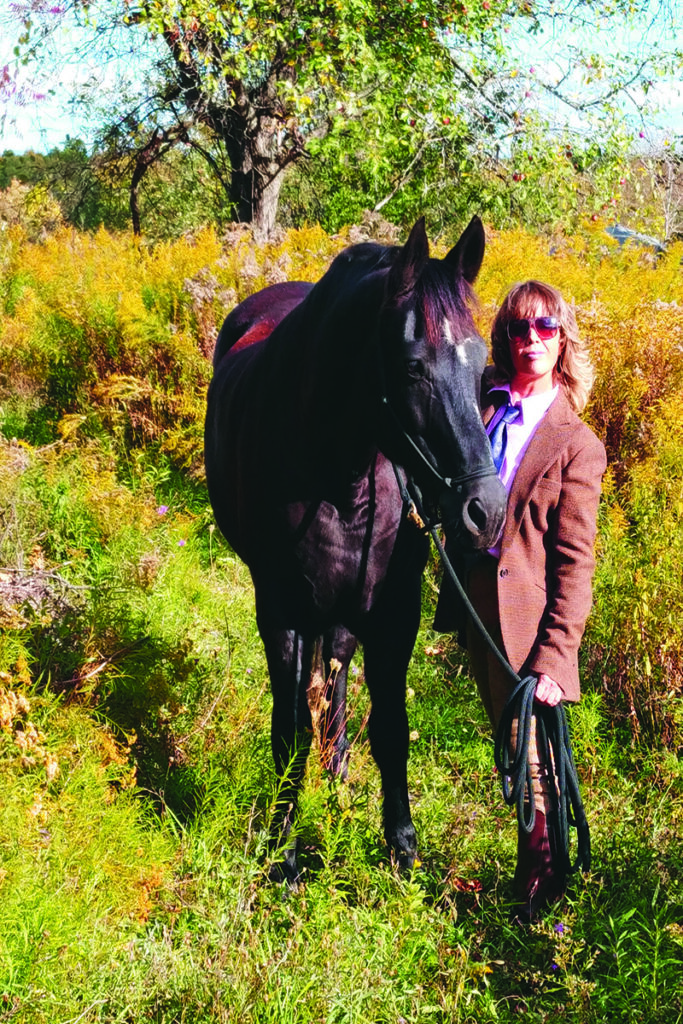
She never left horses, however. The priorities just shifted to her career. But like most adult equestrians, Sokolowski’s priorities shifted once again.
“I found opportunities to ride and exercise horses whose owners, because of age or injuries, couldn’t ride as much anymore,” she says. “I also wanted to introduce my partner Charles to riding, and to see the horse again through an enthusiastic beginner’s eyes has been glorious. My priority now is to ride horses long and low, bitless and spur-free, and preferably without stirrups, so my seat stays deep and my legs long. I put great value in riding on a longeline and earning my reins.”
Returning adult equestrians may gravitate toward their old disciplines when starting back in the saddle, for both comfort and familiarity. Yet some re-riders will venture outside their comfort zone and into a new discipline.
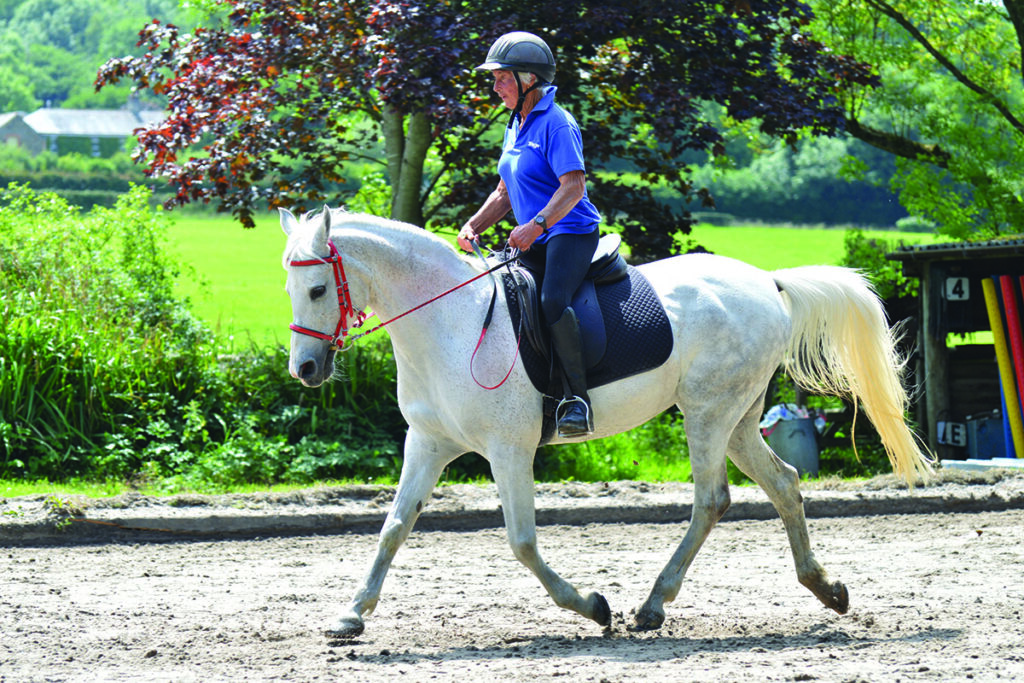
A friend of mine grew up in the hunter/jumper world. At 36, Michelle trained for an endurance race in Mongolia and quickly fell in love with the sport. Now she spends her weekends riding 50 miles, and has learned barrel racing, team penning, and cow sorting for fun.
Fresh Perspectives
I returned to horses after motherhood, having the desire to do something for myself. I wasn’t alone in that need, nor the transition in perspective.
I was out of shape and had an inconsistent ability to get to the barn. My goals weren’t the same as when I was younger, and the fear of getting injured was real. Now I had a small child relying on me.
Autumn Fiordland, a young mother who used to compete, agrees that time and consistency can be a challenge to manage.
“I rode seriously from age 10 through 16,” she says. “I purchased my horse at age 23. We trained five days a week, schooling jumpers and cross-country, and competed in the hunter/jumper ring. But two years later, I stopped riding because of my pregnancy. When I began again in 2020, I was inconsistent. It has been challenging getting us both into riding shape, but I enjoy the slower pace of walking rides, something I never took time to do while actively training.”
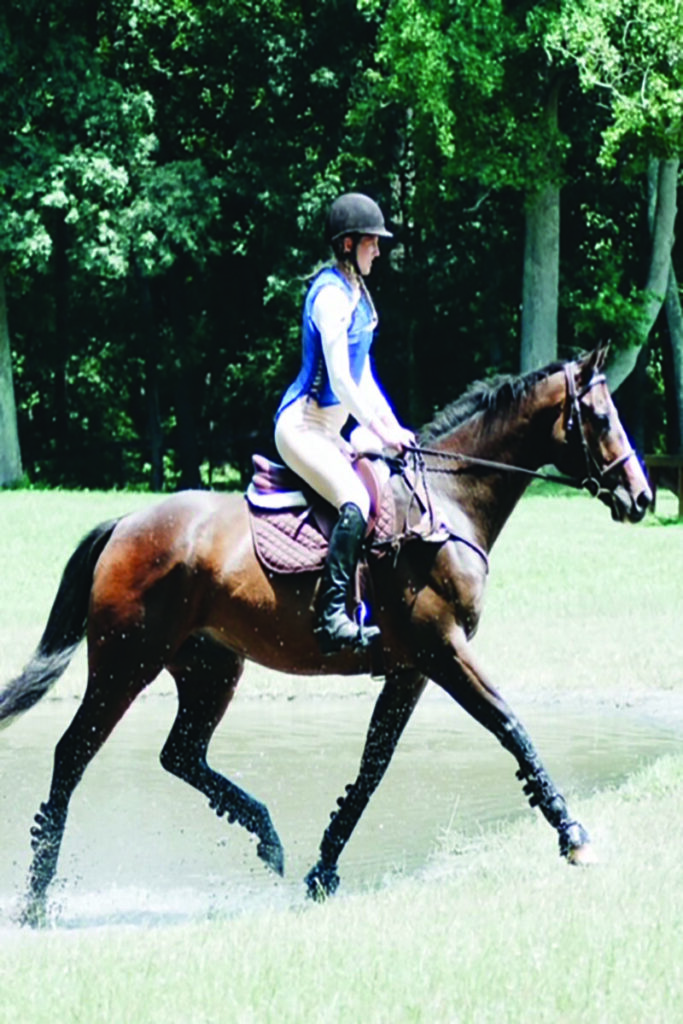
Fiordland had to adapt her lifestyle due to motherhood, but this is such a common occurrence, there is even a Facebook group dedicated to “Mama Equestrians.” Re-riders push horses to the back burner while they navigate college, a career, or motherhood. Still, the unifying aspect is they all return for one thing: love of the horse.
Age often makes us more afraid, realizing we can get hurt, yet also gives us a new sense of freedom to try something new. Life experience gave these women the freedom to explore what makes them happy, such as Sokolowski found in her return, or Fiordland taking off her competition hat and learning to enjoy the ride. For myself, I still ride at a hunter/jumper facility, but have incorporated ground training, liberty work, and positive reinforcement methods, known as R+, into my riding.
It’s common to see me riding in a western saddle and English hunter bridle because it works for us. As a woman in my 40s with three children at home, I make no apologies for riding my horse however I like while enjoying every minute. Because now I know what I was missing all those years.
This article about returning adult equestrians appeared in the June 2021 issue of Horse Illustrated magazine. Click here to subscribe!




